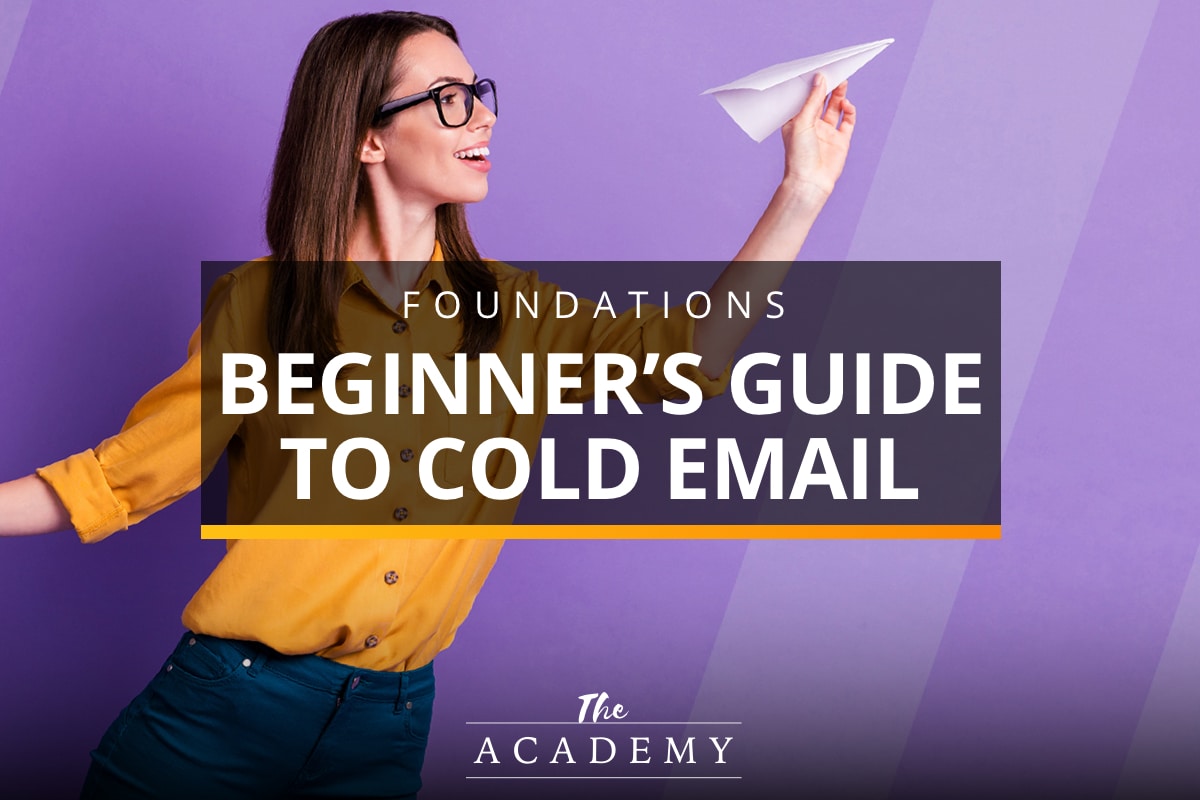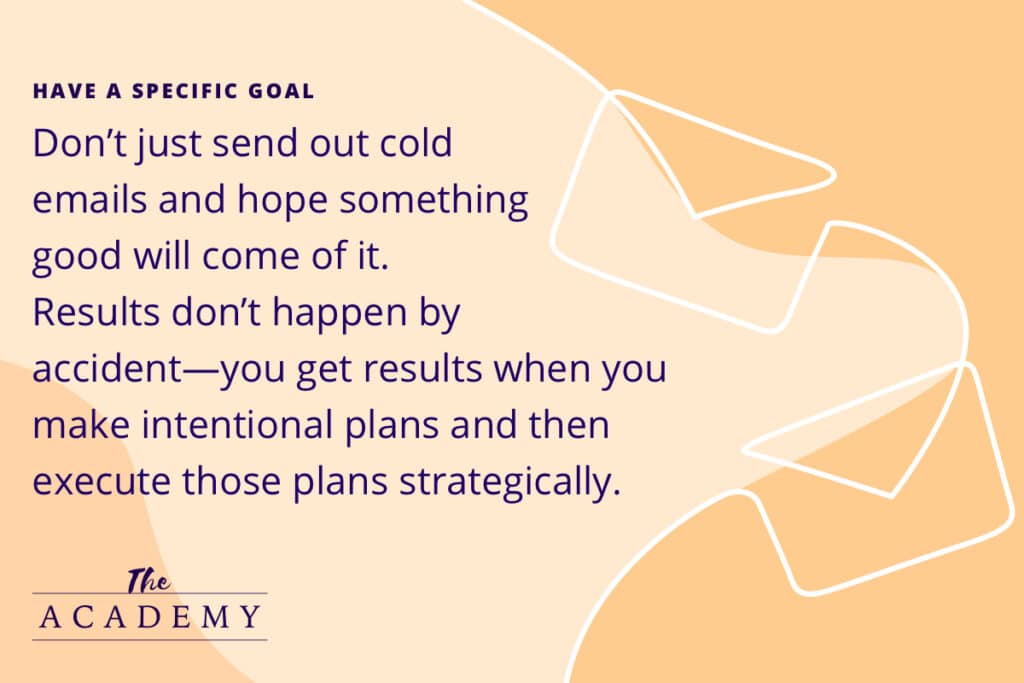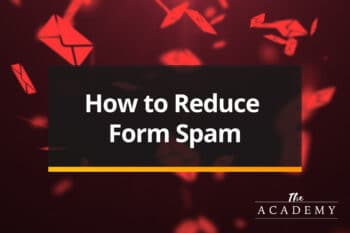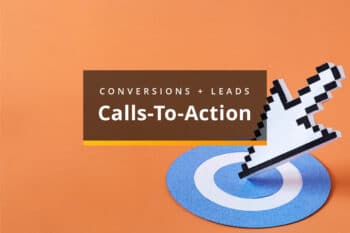
Email marketing is a great way to engage with your target audience. Despite the many new digital communication tools that have become available over the past 20 years, email remains just as relevant now as it has ever been. If you want to build a strong, lasting relationship with your customers, using email effectively is a great plan.
One of the most challenging areas of email marketing is sending cold emails. It’s notoriously difficult to have success here, but that doesn’t mean it’s impossible. In this article, we’ll break down what cold email is, why you may want to use it, and some best practices for finding your footing and seeing some results. Let’s get started!
What is a Cold Email?
The term “cold email” refers to your lack of relationship with the recipient of the message. So these are emails sent to people with whom you have no existing relationship or previous business dealings. An email sent to a list of past customers would not qualify as “cold”, for example, because those people have already demonstrated an interest in your brand and what you have to offer.
The Challenge of Contacting Prospects Cold
Knowing the definition, it’s easy to understand why this type of email is so challenging. Simply put, these people don’t know who you are or what you do, so their most likely course of action is to delete the message. Think of this from your own perspective… What do you do when you get an email from someone you don’t know? Most of the time, you’ll probably just delete it without a second thought.
It’s getting over this initial reaction that is the key to having success with cold email. You’ll need to find a way to get the recipients of these emails to actually open them, at least at a decent rate. There is no way you’ll get all of your cold emails opened, and in fact, you won’t even crack the 50% mark in all likelihood. But that’s okay, even a low open rate can be worth your time if the message inside the email is useful enough to cause some of those recipients to take action.
Cold Email Benchmarks
Speaking of open rate, here are a few benchmarks to aim for when monitoring your cold email campaigns:
Open Rate: Greater than 25%
Click-Through Rate (CTR): 2–5%
Reasons to Use Cold Email
Before you bother to educate yourself on how to create useful cold email messages, it’s worth stopping to determine what exactly these emails will be used for in your business. If you don’t have a good fit for cold email, you can simply stick with other marketing strategies and leave this one to the side for now.
As it turns out, most businesses will have a use for cold email in some form or fashion, as it’s a rather versatile method of connecting with others. Here are some of the many possibilities:
- Start the sales process. Sending cold emails is a good way to connect with potential prospects when trying to find sales for your business. You might have this as one of the options available to your sales team when trying to reach people who may have a use for your products or services. Cold emails can be preferable to cold calls because they don’t interrupt the recipient as they go about their day – the email will just wait in their inbox until they have a moment to review their messages.
- Offer an invitation. You might be running some kind of event in your business where you’d like to invite chosen people to attend or participate. Again, cold email is a great option for this purpose. You don’t have to actively interrupt their day with a phone call, and it’s easy to include all of the relevant information within an email message. Also, it might be easier for you to track who has replied (and who is coming) if you have an email folder dedicated to the project as opposed to a list of returned phone calls.
- Get feedback. For businesses that are in the very early stages of existence, you might want to think about using cold email to get feedback on your ideas and figure out if there is a market for what you are hoping to sell. These types of messages can be particularly effective because you aren’t asking for a sale at that moment; You don’t have anything available to sell yet. Just a quick reply in response to your idea will only take a moment to type out, and you may get more answers than with other types of cold emails as a result.
- Make connections. If you would like to connect with people in adjacent markets to hopefully open up opportunities for collaboration, a cold email might be the best way to introduce yourself. Having the right connections in business can go a long way toward establishing success, and those connections typically don’t happen by accident. Learning how to use cold email strategically toward this end can greatly expand your presence in a space.
Your planned use for cold email doesn’t have to fit into one of the points above, but you do want to make sure that you have a specific goal in mind for any message you send. Don’t just send out cold emails to contact people and hope something good will come of it. Results don’t happen by accident. You get results when you make intentional plans and then execute those plans strategically.

Keep These Four Rules in Mind
With some groundwork in place, let’s move on to talk about the fundamentals of sending good cold emails. While you have certainly written and sent thousands of emails in your life, there are some unique challenges that come with cold email that you’ll want to think about in this process. The four points below make up the fundamentals of what you’ll want to include in every cold email that leaves your account.
- Short is best. Once you start writing a cold email message, you’ll probably feel tempted to just keep writing and writing, laying out everything you have to say in this single message. That’s the wrong approach, and it’s unlikely to get good results. Think of this email as the start of a conversation with a stranger. If you walk up to someone that you are meeting for the first time and immediately begin to tell them your life story, that is going to turn the person off and they might just walk away. In the real world, you’d offer a quick introduction and then allow them to reply. Think of cold email in this same conversational manner and you should find better results.
- Each message is custom. It would be easier, and take much less time, if you could just copy/paste your cold emails for one recipient after another. Unfortunately, that’s not really going to get good results, as people will be able to tell that you have sent this same message to countless others. If you want to stand out and give people a reason to engage with you, writing a custom message is required. That doesn’t just mean changing the wording around either. You need to research the recipient and tailor the message to speak directly to their interests and experiences. You are likely to find a direct correlation between the level of personalization in your messages and the rate of responses that you enjoy.
- Provide validation. In addition to speaking directly to the recipient of your email, you also need to present something that supports who you are and what you have to offer. Remember, you are almost certainly a stranger to this person when they receive the message, so they have no reason to trust you at that point. To earn trust, you’ll want to offer some type of credential or achievement that verifies you as a person worthy of their attention. One good way to do this, when possible, is to mention a common friend or acquaintance. If you know that this person also knows someone you know, that’s a great way to form a bond and get the ball rolling. Other options include things your business has accomplished, awards you’ve been given, etc.
- Specific action. There should be nothing ambiguous about the tone of your message. Getting the recipient to actually open the message and read it is great, but what do they do next? It should be crystal clear what you want them to do after reading your email. Are you hoping they will make a purchase, or provide further contact information to continue the conversation? Maybe you want to set up an in-person meeting to better explain what you can provide? Whatever the action happens to be, make it obvious and as easy as possible to complete. The more hurdles that exist in this process the less likely that your messages will succeed.
That might seem like a lot of points to hit in a single email message, but it’s not as hard as it sounds once you practice a bit and get the hang of it. Try writing some cold emails that you aren’t even going to send just to get a feel for how you can construct the message such that it will be well-received.
Learning from Your Mistakes (and Successes)
With any kind of marketing endeavor, it’s always important to have the perspective that you are never finished. In other words, you should never think that you have arrived at perfection. There are always areas where you can improve and get even better results.
That’s exactly the case when it comes to cold emails. Even if you are getting pretty good results after carefully writing a batch of messages to various recipients, you can still work on honing the craft and getting even better outcomes. The best way to do that is to track the outcome of each message and look for any patterns that might emerge.
For instance, are messages with shorter subject lines getting opened more often than longer subject lines? Do the messages with a certain type of call to action in the body work better than others? Do emails with only one link get more traction than those with two or more? There are nearly endless possibilities for optimization here, so set up a system and track your progress so you can refine the process and continue to improve.
Cold email might not make up the core of your marketing strategy, but it certainly has a role to play for many businesses. With the primer we have provided above, you should be ready to get started sending your first cold emails in the near future. If you don’t achieve immediate success, don’t give up on this method. Continue to develop your skills and stick with it until the results start to arrive.
Most Popular Articles

Seeing Favicons in Your Google Search Results? Here’s Why…
Have you noticed anything different in your Google Search results lately? Google added tiny favicon icons to its organic search results in January. It was…

Business Growth and Digital Marketing News & Tips 4-14-24
Did you know? It’s five to twenty-five times more expensive to acquire a new customer than to retain an existing one. Increasing customer retention by…

Business Growth and Digital Marketing News & Tips 3-28-24
With the desire for precise measurement tools to determine ROI, there has been a rise in attention metrics. These metrics, which often utilize eye-tracking data,…








